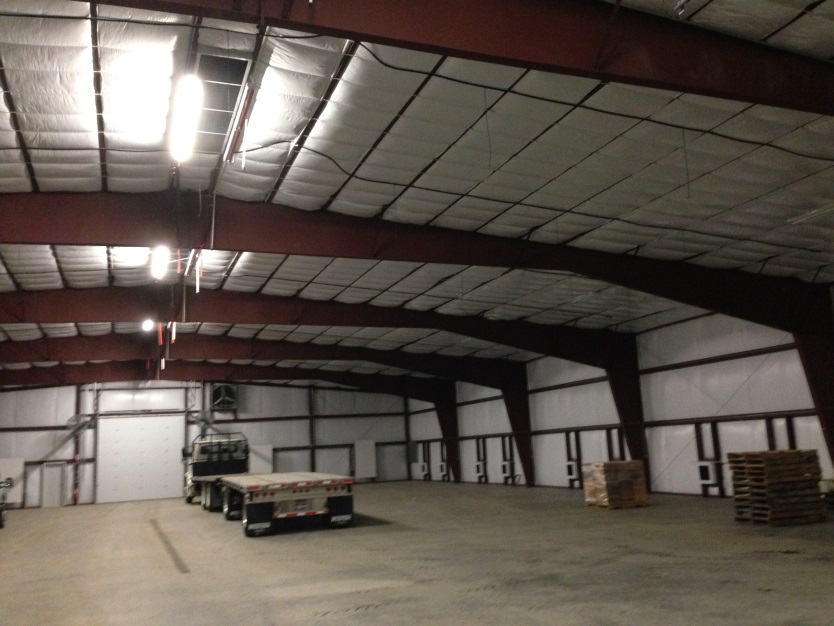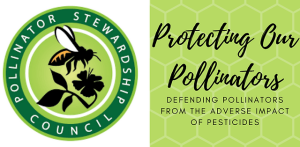John Miller,
Project Apis m. Board of Directors, CFO
Honey bees have been trying to train humans to keep them indoors over winter for thousands of years. The early examples bees used were trees, hollow trees selected by the super-organism, the hive. Trees provided cavities ideal for indoor wintering: well-insulated, controlled atmosphere, safely above ground.
Along came humans with their logs and skeps and rectangles. Then came the moveable frame. And then, keeping hives outdoors, shrouded in straw, tar paper, and chicken wire, slightly downward sloped, inner-cover for ventilation, southward facing, on the ground.
Science now confirms the validity of what the bee was attempting to train humans to do. We now listen, applying our new understanding to what the honey bee knew all along.
In America, over 100,000 hives now winter indoors, mostly in Idaho. Canadians have wintered most of their bees indoors for decades; and the knowledge accumulated is available for a new generation of bee buildings.
A clean floor surface is vital. Hives continually shed debris. In a tree, the detritus falls to bottom of the cavity to be scavenged by others. In the new buildings, vacuum systems keep the floors clean, the perished husks of dead bees and debris removed, to keep the environment clean.
Temperature regulation can be accomplished with a combination of refrigeration and fresh air handlers. Importantly, science confirms that further regulation of Carbon Dioxide levels in the building can reduce Varroa destructor populations by up to 75% over a 60-day storage time.
Storage building designs have evolved since 1926 when George Krause, among other early innovators, wintered his bees near Riverton, Wyoming, in a bee-storage designed cellar. Properly designed, modern steel buildings allow large numbers of hives to be safely stored. Hive well-being can be sampled from floor debris to confirm the presence or absence of unwanted species such as fire-ants, hive beetles, and weeds.
It is possible, after reliable sampling and documenting results, for loads of bees from clean, safe indoor wintering sites to clear needless delays at inspection stations. Similarly to certified weed-free hay shipments, or One Pass exemptions for certified loads bypassing weigh stations, opportunities for simpler, safer beehive transport are possible.
This initiative requires collaboration between beekeepers, the Apiary Inspectors of America, state departments of agriculture; and pest detection personnel. Rules are being developed. But this initiative is in early development.
New-generation building designs have grown from 6,000 square feet to 60,000 square feet just in the past two years. Within ten years, it is possible that 750,000 to 1,000,000 hives will be wintering in safe, climate-controlled buildings, monitored by sophisticated systems – reporting near real-time data to our phones. Healthier hives are in our future.
John Miller,
Project Apis m. Board of Directors, CFO









